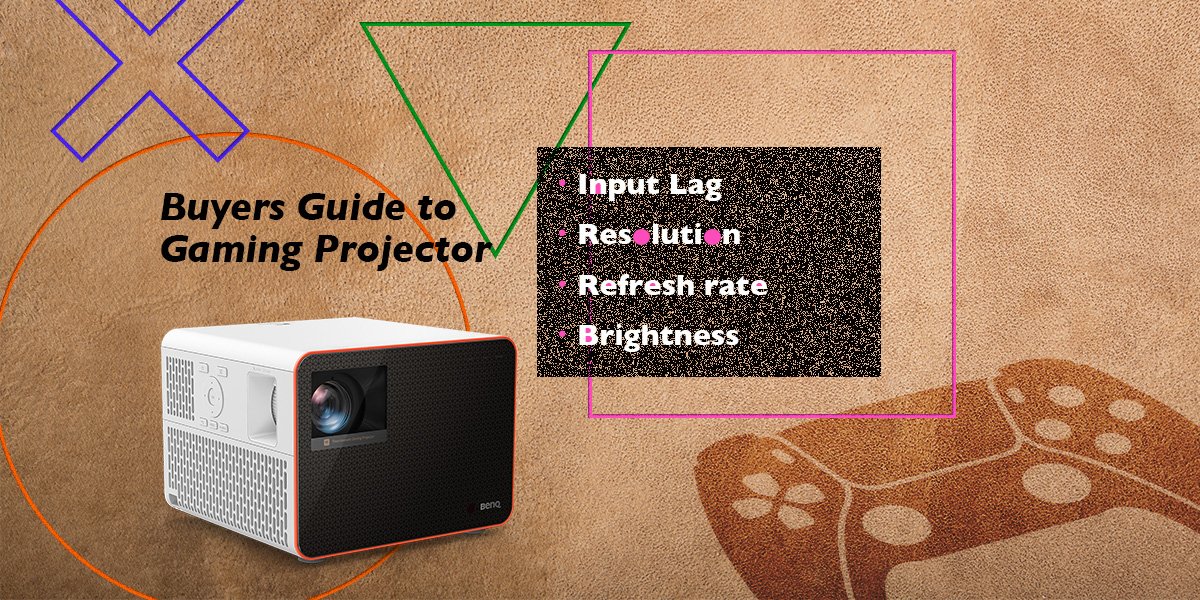Response is everything when gaming, because video games are obviously an interactive medium. You don’t want too much lag, as that renders every type of game nearly impossible to enjoy, especially reflex-centric first person shooters, sports games, racers, and so on.
Input lag: the total time that passes from pressing a button on a controller or keyboard and the corresponding action taking place on-screen. While anything under 40ms is considered OK, really good gaming projectors now offer 4K 60Hz in 16ms and 1080p 120Hz in 8ms. Those numbers put them at parity with the best TVs for gaming and mean an effective absence of input lag. Even competitive gaming works great on such projectors, so if you love your multiplayer gaming, prepare to get it on a huge screen.
Refresh rate: number of frames per second. With the arrival of Xbox Series consoles and PS5, 60Hz has become the absolute minimum refresh rate. Thus, a gaming projector must offer at least 60Hz, or sixty frames per second. The more the merrier, although realistically 60Hz is fine given the capabilities of current consoles.
Insist on Great Image Quality
Big screens mean you need higher resolutions to keep things clear and avoid blurriness. Do not compromise or get tempted by suspiciously cheap prices on projectors calling themselves “gaming”. You won’t like 720p basic HD on a 100” screen. The minimum resolution to look for is 1080p, or full HD, but 4K ultra HD is better. You may need to trade refresh rate for resolution, and that’s up to you to decide. The best 1080p projectors offer sleek 120Hz, while 4K is capped at 60Hz for now. As mentioned above, Xbox Series consoles and PS5 aim for 4K at 60Hz and are unlikely to veer to far off from that. They do have a few games that run at 120Hz in lower resolutions, but that may not be worth giving up 4K for. The higher resolution comes in handy for other forms of entertainment, like movies and streaming apps. Don’t forget the current consoles have models that ship with a 4K Blu-ray player, and why would you want to waste that?
Only you know what’s best here. But in general, the choice boils down to 1080p 120Hz and 4K 60Hz with the finest gaming projectors on the market. Which one you choose depends on your preference. Do you like more detailed visuals? Then go with 4K. Or are you a frame rate fiend? In that case, the 120Hz path is for you.


